
views
Making Flashcards

Find existing flashcards. Making and customizing your own is the most impactful way to learn, but you can also buy flashcards or find them online. Check retail stores or phone applications. You can use programs to make your own simple flashcards that you use the same way as you would paper ones. This is at the very least an easy way to start before you tailor your own flashcards to your needs. Sites or applications such as Quizlet, Flashcard.Online or FlashcardExchange allow you to make or share flashcards. Be wary of shared flashcards. They may be incorrect or not relevant to you.

Learn language characters. Some languages have their own separate alphabets from the one that you’re used to. If you want to speak Japanese, for instance, you’ll want to start at the most basic level, which are the characters of the kana. Search online for the alphabet. Practice writing the character and then put it on one side of the flashcard. On the other side, write down the pronunciation. For even better flashcards, if you know a word that includes the character or character’s sound, write the word on the front. Highlight the letter and ask for its pronunciation. Mnemonic devices help. This is when you attach the subject to something that helps you remember. For instance, the Japanese hiragana symbol for the sound “te” may resemble a table to you. The association with the word table helps you remember the character’s shape and sound.
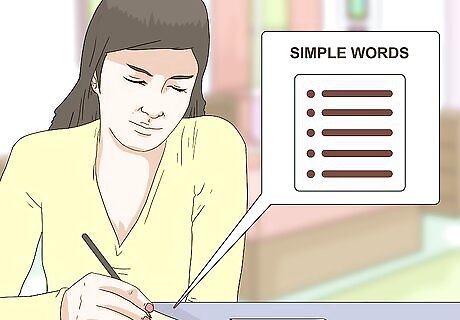
Make a list of simple words. Search online for a list of the most common words or think of them yourself. For instance, in any language you’re most likely going to need to learn “hello” or “yes” before you learn “elephant.” Prioritize those words. Write them down on the front of note cards.
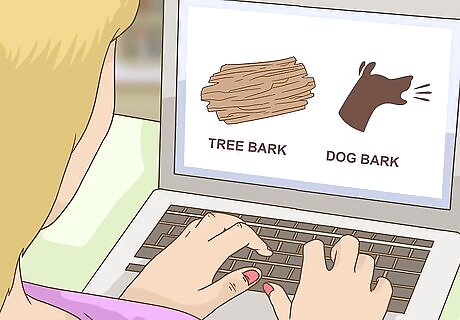
Search online for related images. Instead of writing the definition of the word on the back of the flashcard, try using a search engine. Type the word into an image search. Choose the image that stands out the most, keeping in mind the unique meaning of the word, and print out the image. Paste it onto the back of your flashcard for a visible reminder of the word’s meaning. In English, for example, the word bark can mean tree bark or a dog’s bark. The pictures will remind you of the context. The more memorable or personal the image, the easier the word will be to remember. Try using pictures that stand out, such as a colorful dress or your mom’s memorable dress to remember the word dress.
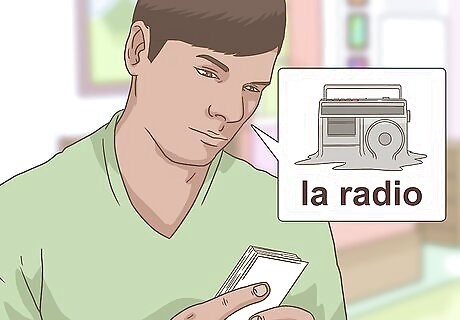
Imagine an image for gendered words. Some languages use gender tags in their grammar. Highlight these in different colors on some of your cards. Come up with a significant image that will help you remember the gender assigned to the word. Once you get the hang of the language’s grammar rules, you won’t need to keep doing this. In Spanish, for example, in the word “la radio,” the article “la” means the word is feminine. You can choose an image for “la” words such as the object melting into a puddle. Picture the radio melting into a puddle when you come across this flashcard.
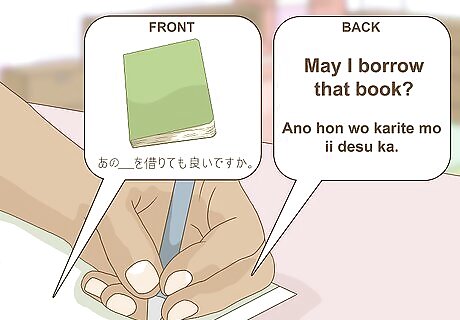
Make grammar cards. Once you’ve gotten the basic words, it’s time to put them into sentences. Write a sample sentence. Substitute the verb you’re trying to learn for a blank line. You can leave the infinite form of the verb (for example, to dance) in brackets to remind yourself to conjugate dance. Include an appropriate image. On the back of the card, write out the correct answer. Your mind will work through the verb forms and use them in context, which works better than remembering a list of them from a book. Search Google Images in the language you’re trying to learn for phrases you can use. Try searching in Google Translate for translated phrases with pictures.
Using Flashcards
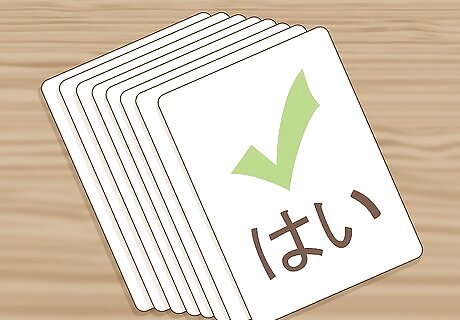
Shuffle your cards. Separating similar cards of foreign words may sound difficult, but this is the best way to learn. Leaving similar words together or keeping them in alphabetical order creates confusion. The words sound too much alike or have similar meanings, so they’ll both come to mind later when you want to recall the word.
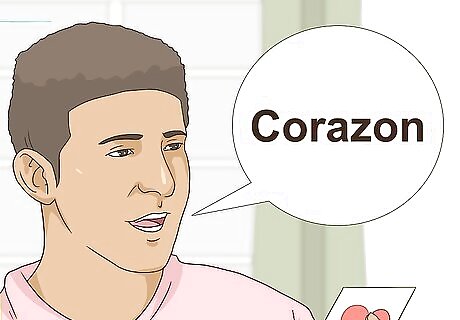
Read the cards out loud. When you pick up the flashcard, read the entire card. Sound out the words and do the same for the answer. Take your time doing this. By speaking and hearing the language, you’ll create an even stronger connection that will help you remember later.
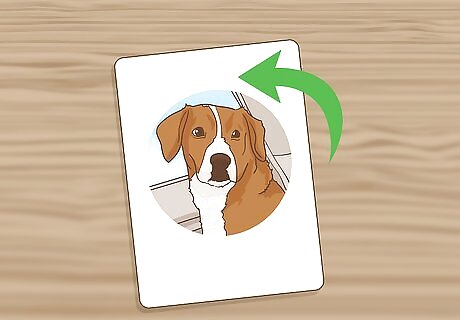
Flip the cards over. Many of your cards work in reverse. If you learned the Spanish word for dog by reading “perro” on the front, start from the other side. Using the image of the dog or the word dog, try to recall the Spanish word. Doing this gives you a new angle for learning, which keeps you from simply memorizing cards.

Customize what you learn. Once you have the basics, it’s useful to tackle the areas of most interest to you. For instance, if you plan on visiting restaurants, study up on the relevant language. Make cards with food words and the phrases you’d say to a waiter.

Repeat practice. Your mind requires refreshing in order to keep the memory strong. Practice your recall by reshuffling your flashcards every few days. Go through them the same way as before, reading and answering the questions. Make new examples if you feel like you need to freshen your memory. Over time, the repetition helps you commit the lessons to memory. The more you remember, the less often you’ll need to review.

















Comments
0 comment